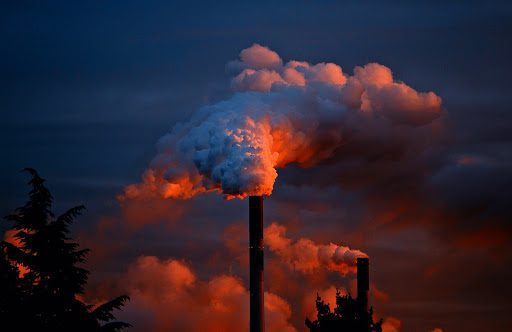Maine’s sustainability-focused programs just got a little richer, thanks to a recent auction. The state was awarded $4.2 million following an auction of greenhouse gas allowances in early April as part of a regional venture to reduce carbon emissions in power plants. Money awarded to states as part of the auction comes in the form of emissions-related grants, which can then be used for programs involving greenhouse gas reduction and bill assistance, as well as renewable energy and energy efficiency programs. The quarterly auctions held by the Regional Greenhouse Gas Initiative (RGGI) are popular with state officials for their positive effect on Maine’s balance sheet and curbing carbon emissions. “The program is effective in securing significant emissions reductions while also strengthening local economies through reinvestment,” said Philip Bartlett, who works as chairman of the Maine Public Utilities Commission. The agency reported that the state has received almost $130 million in grants since the program’s inception.
The Regional Greenhouse Gas Initiative works as a cooperative program between eleven states in the region, incentivizing states to cut carbon emissions while reducing any negative economic impact. The program spans most of the northeast United States, covering Maine through Virginia. It functions as a cap-and-trade or cap-and-invest mandate between carbon dioxide producers and state governments.
To say that the Regional Greenhouse Gas Initiative has been a success in its early years is an understatement. In 2017, a study by Abt Associates analyzed the first six years of the RGGI and concluded that the total financial impact of health benefits generated through the program was $5.7 billion. A further review of children’s health benefits during that period found an additional avoided cost estimate that ranged from $190-350 million. Adults living in RGGI-compliant states saw fewer heart attacks, respiratory illnesses, and premature deaths, while children saw notable reductions in asthma, as well as fewer cases of preterm birth and autism spectrum disorders.
States joining the RGGI also saw significant economic benefits beyond the avoided healthcare costs. Since the cooperative launched, roughly 45,000 job-years have been created in member states, with one job-year being equivalent to one year’s worth of full-time employment. An additional $4 billion in economic value has been generated across the region, and state economies averaged a growth rate over thirty percent higher than non-member states, all while taxing carbon emissions at almost double the rate. The increased efficiency from RGGI-member producers has benefited the consumer, cutting $1.1 billion from energy bills since the program began. While energy costs in the 39 non-member states increased by 8.6 percent, member states reversed course, with prices decreasing by 5.7 percent over the first nine years of operation.
Within member states, energy producers must purchase credits called allowances to legally increase their emissions capacity over a given period, in this case, every three years. Generators powered using fossil fuels and have a capacity that meets or exceeds 25 megawatts are required under the RGGI agreement to hold allowances that equal their carbon dioxide emissions over this duration. Each allowance, which represents the legal authorization to emit one short ton of carbon dioxide, is available during the quarterly auctions held by the RGGI, and the proceeds are then distributed between member states for investment in clean energy and emissions reductions.
This approach allows states to combat emissions from either side of the public and private sectors. Polluters have a choice – either reduce the level of carbon dioxide released into the atmosphere or pay for the state to do so. The quarterly auction system also ensures that energy producers cannot lock down long-term contracts that would do little to offset emissions. Additionally, the state will limit the total pool of allowances with each passing year. This means that producers must progressively reduce their emissions annually or spend more and more to compensate for the limited supply. The system allows the free market to work towards a sustainable future, which is something economists and environmentalists can all agree on.





